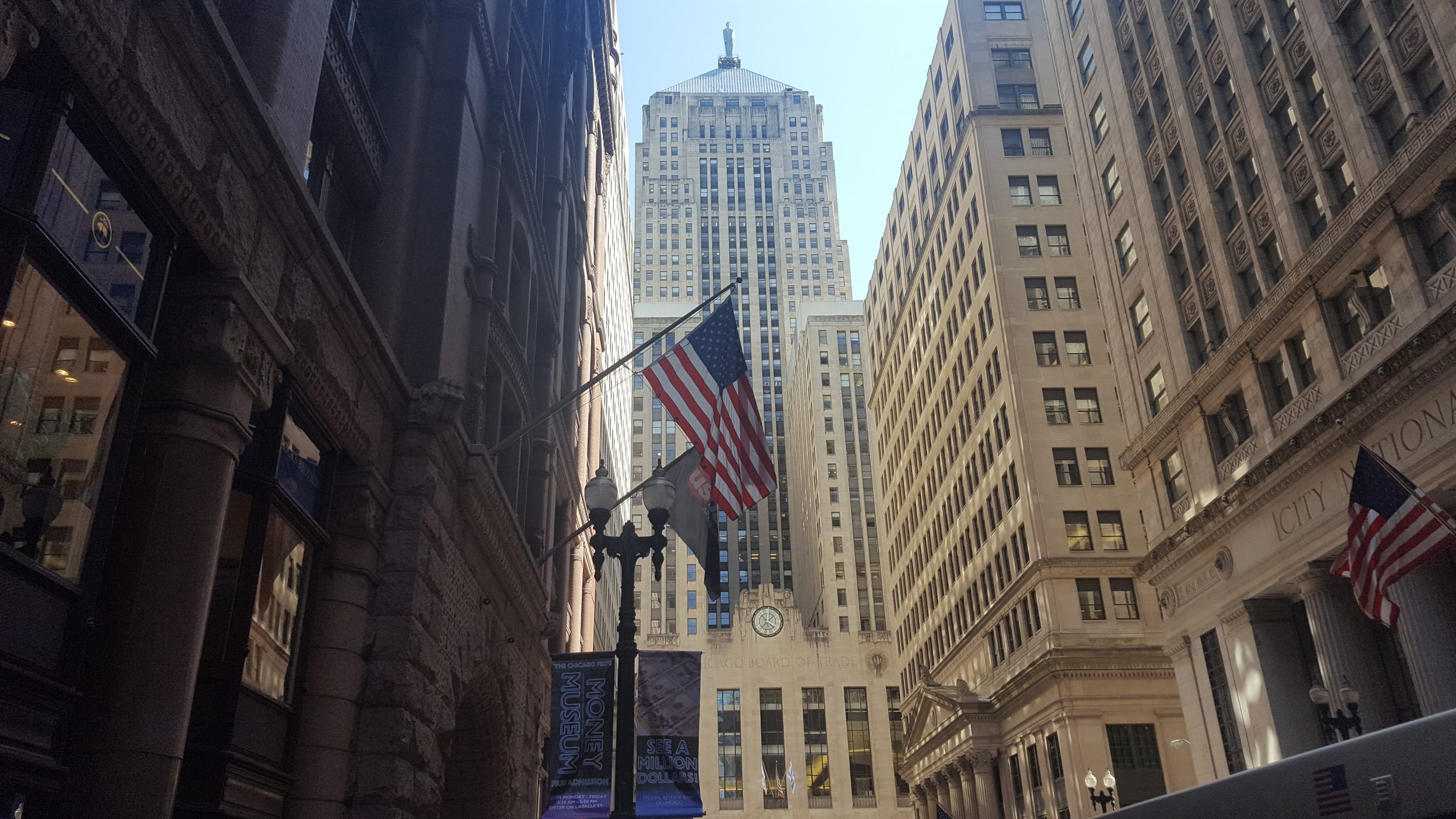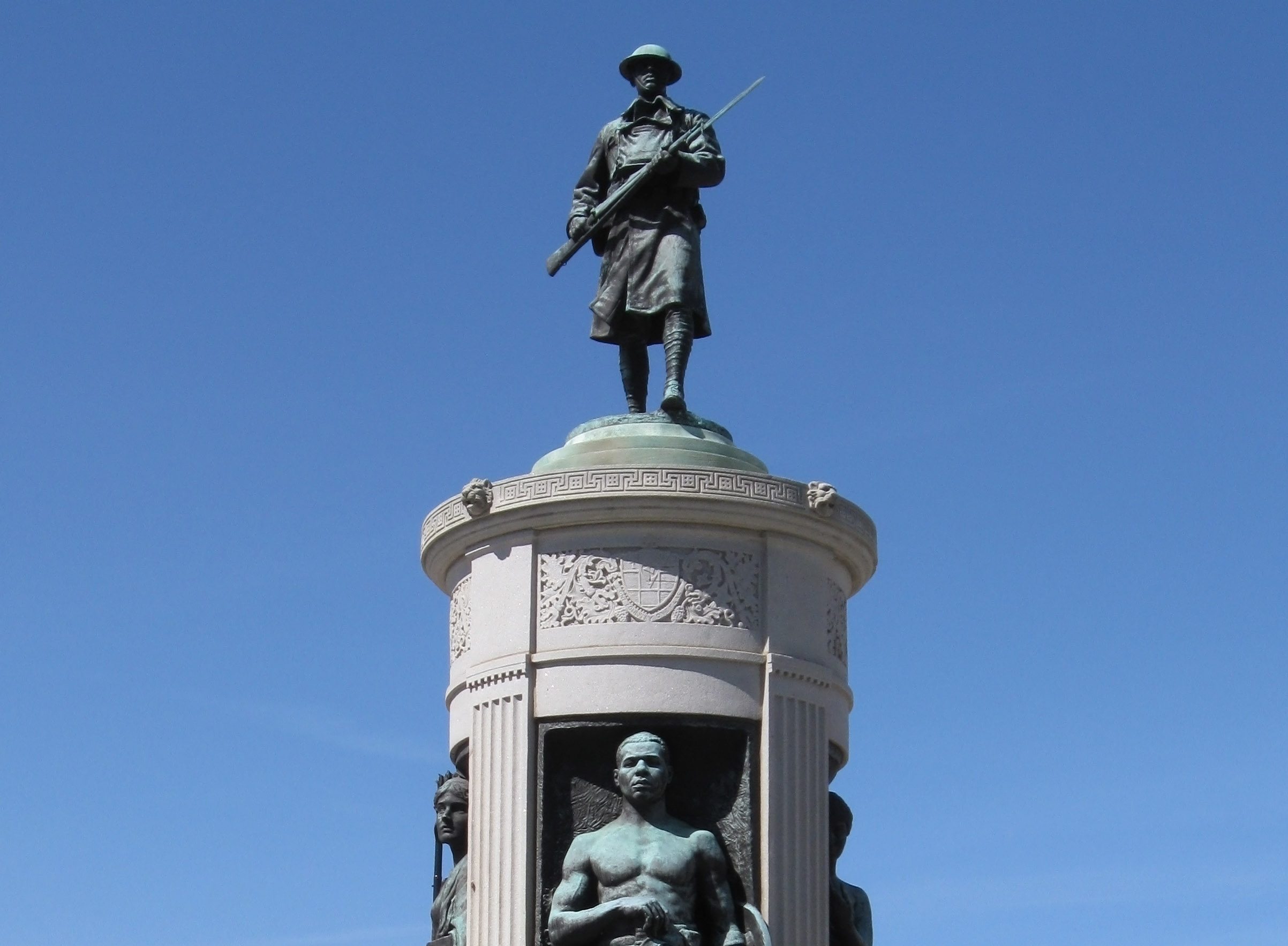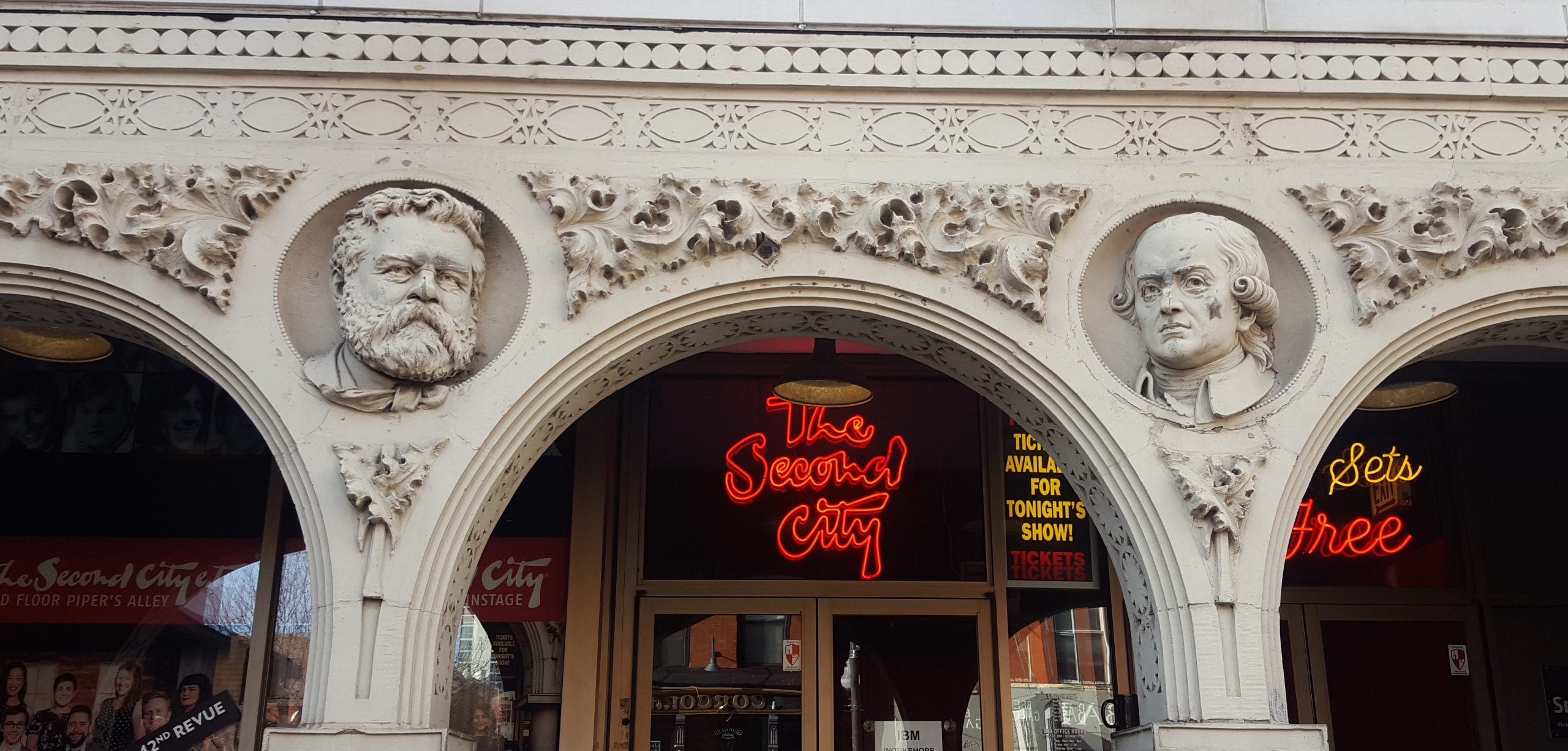Most of us think of downtown as a place for big business and shopping, but a few people actually live downtown. Inspired by the construction of the new Waterview Tower climbing to the skies near the river, I decided to explore a history of residential architecture in the Loop.It’s a topic that comes up fairly often on the Loop Interior Architecture Walking Tour.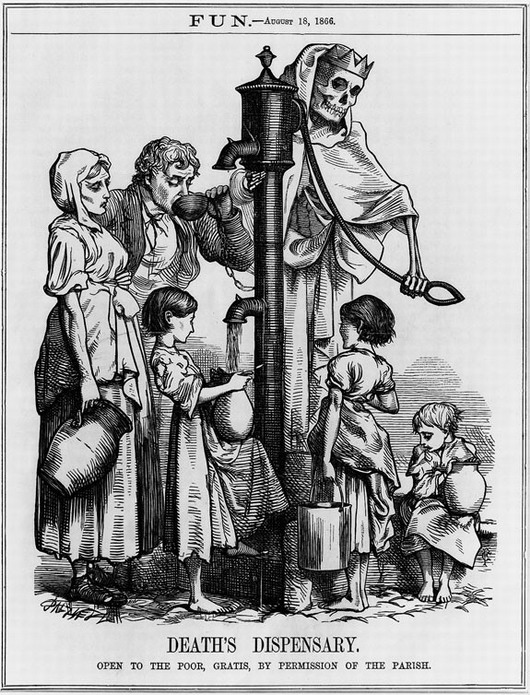
So what does this have to do with Chicago architecture? Everything.
Looking at the demographics I was not surprised to find that throughout these years there was a migration of the affluent to the new suburbs running up and down the coast of Lake Michigan. The poor couldn’t afford the luxury of living out of the city because they had to work there, either at the Union Stock Yard (which was originally downtown), the factories or shops. Thus, they lived in tenements around the downtown Chicago while the affluent enjoyed the fresh air of the suburbs.
Consequently, downtown Chicago was for business and pleasure only. No one who could afford otherwise wanted to live in downtown Chicago because it was dreary, dangerous and smelly – all-around unpleasant. Yet, downtown has always been where the money was and so that’s where the big fancy buildings would have to be. In the 1880’s and 1890’s skyscrapers soared to new heights and in the 1920’s fancy retail boulevards were stretched across the Chicago grid. The result was a purely business-centered downtown.
Now, 150 years later is this still true? A lot has changed in the Loop, but is it still just for work? Noting the new high-rise apartments in and around the Loop, I’d say no, downtown Chicago is definitely a home for some. So what has changed?
Let’s look at the architecture. In the ’60s and ’70s there was an urban renewal plan that started a slow drive towards residential living in and around the Loop. A major event was the 1964 opening of Bertrand Goldberg’s Marina City. It was the first post-war high-rise residential apartment and would stand as a symbol of downtown living for decades.

Then in the 1970’s Printer’s Row buildings were changed into lofts, demonstrating the ability to save architecture from demolition by renovating buildings and changing their functions.
In the 1980’s office buildings sprouted everywhere and residential buildings to match, particularly in the South Loop. And we are focusing on the architecture of Chicago, but we can’t forget that many homeless once called downtown home. Mayor Daley and the Loop in the ’90s is a whole other story.
Now it seems to be one residential building after another, especially university buildings like the new Roosevelt University vertical campus skyscraper. The newest residential skyscraper in downtown Chicago is 111 West Wacker Drive. This building is to be another luxury rental tower with “504 rooms, 445 parking spaces as well as generous amenities.”
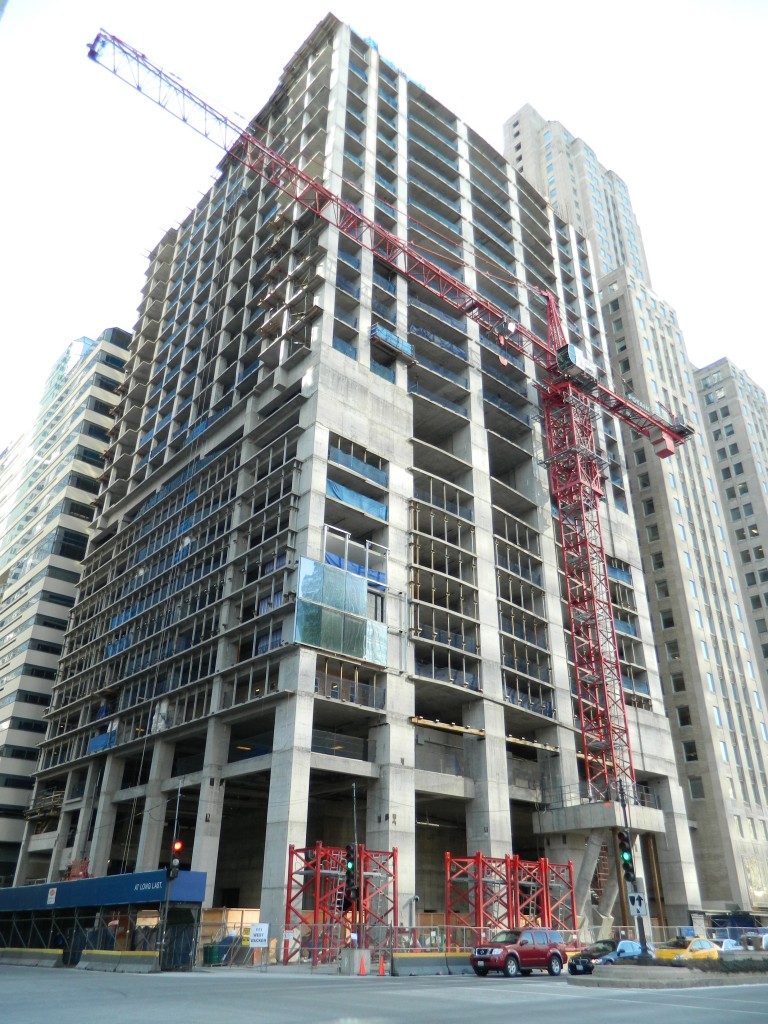
So, looking up at all of these chic living spaces I am awed at the changes in urban living. Aqua Tower, Trump Tower, the Presidential Towers – so many towers! (Many that you can see on our architectural walking tours.) Each slick, shiny and giant building brings sanitation, green spaces, and beauty to downtown, a far cry from the sewage-lined streets of historic Chicago. The rich and powerful claim downtown, and they certainly bring with them an ability to influence good design. At least, I know I’d rather look at Aqua Tower than at soiled tenements!
– Jenna Staff, Editorial Intern


